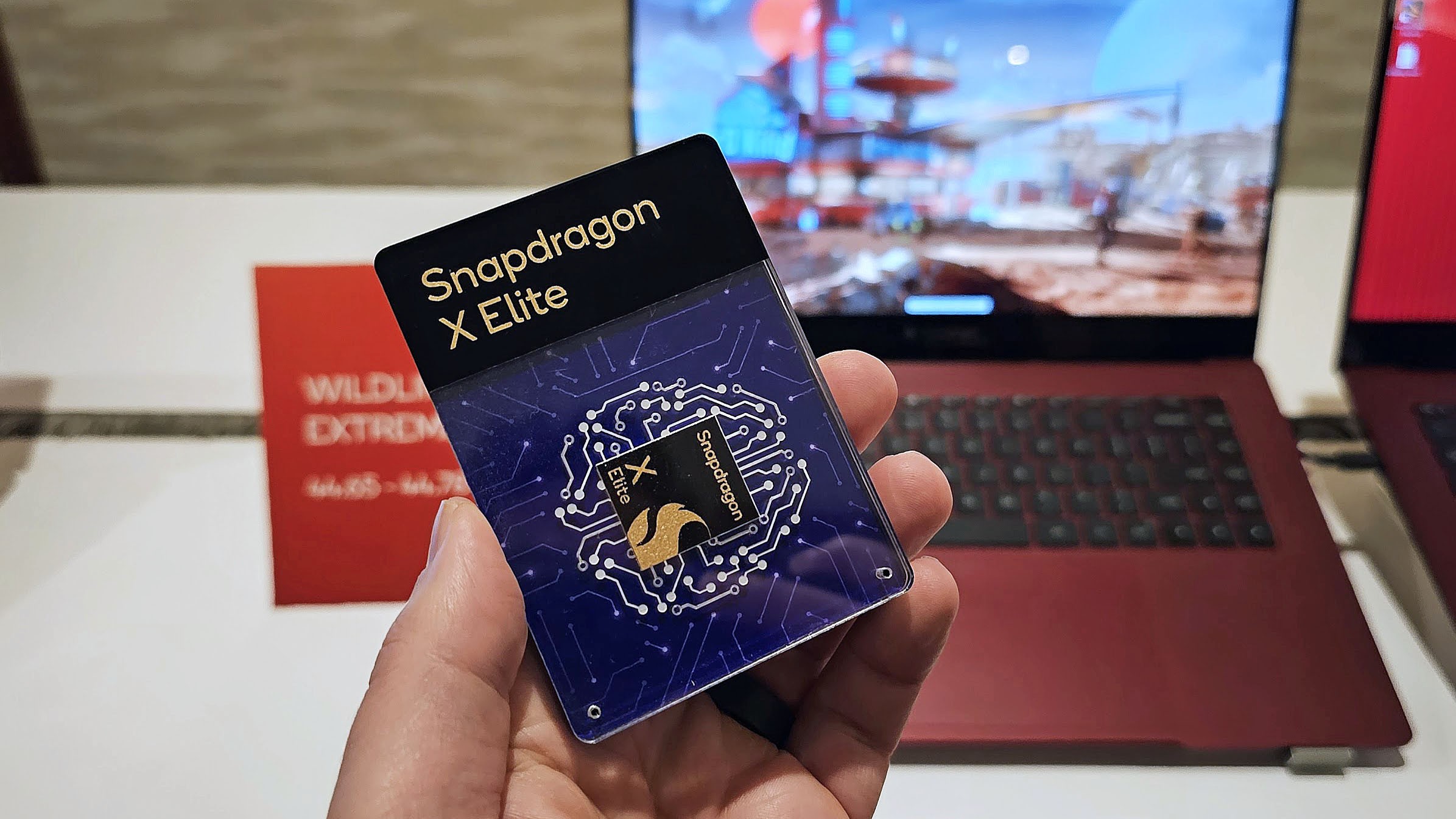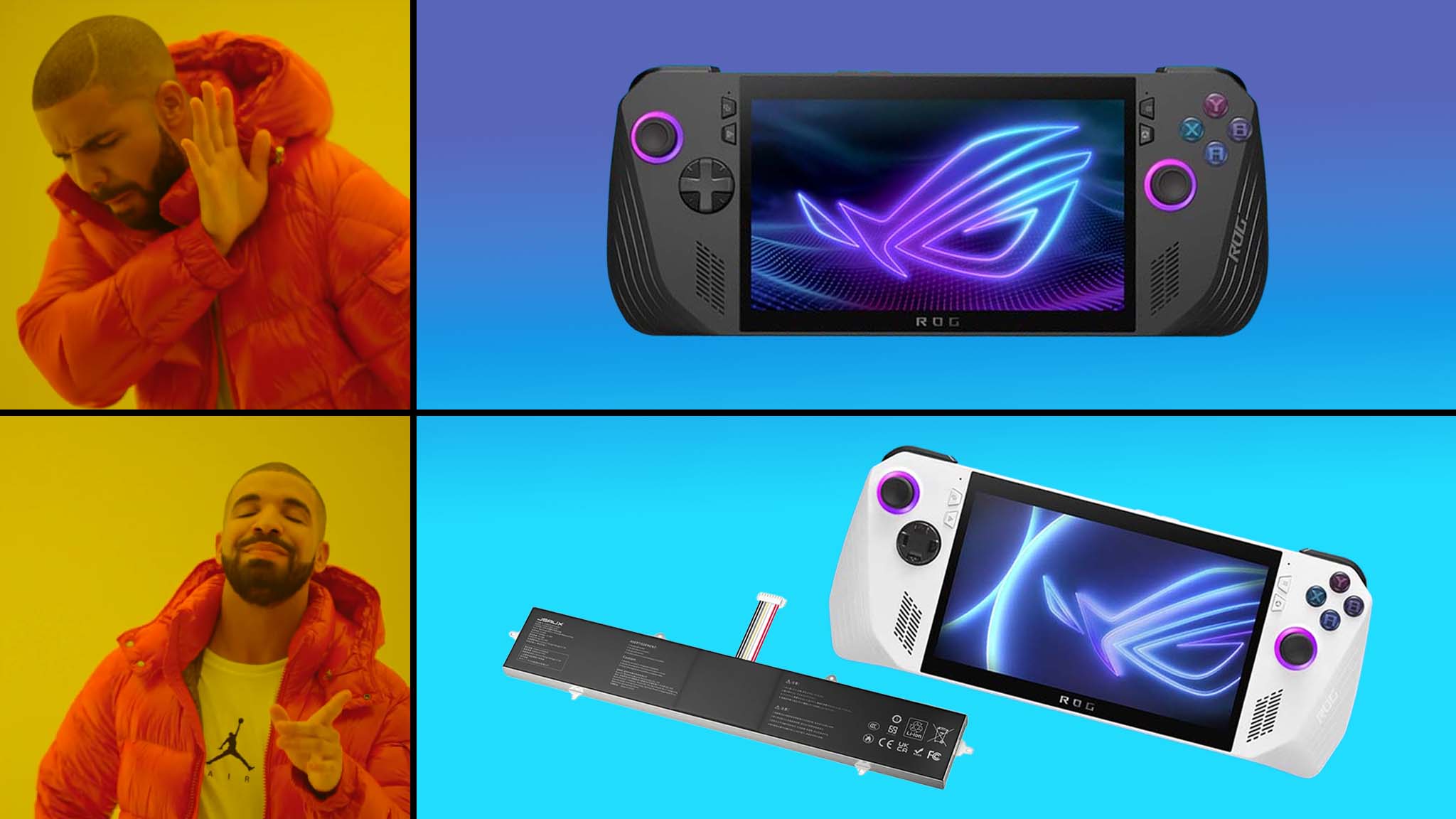Qualcomm claps back at Intel, denies high return rates of Snapdragon PCs
Qualcomm claims that its "device return rates are within industry norm" despite what Intel's co-CEO stated recently.

The battle between Qualcomm and Intel just got another friction-filled chapter. Shortly after Intel co-CEO Michelle Johnston Holthaus claimed Arm PCs with Snapdragon processors have high return rates, Qualcomm shared an official statement refuting Intel's claims.
“Our devices continue to have greater than 4+ stars across consumer reviews and our products have received numerous accolades across the industry including awards from Fast Company, TechRadar, and many consumer publications. Our device return rates are within industry norm,” said a Qualcomm representative to CRN.
Qualcomm's statement came in response to Holthaus claiming that retailers face high return rates when selling Arm PCs.
“If you look at the return rate for Arm PCs, you go talk to any retailer, their number one concern is, ‘Wow, I get a large percentage of these back,’ because you go to set them up, and the things that we just expect don't work,’” said Holthaus.

Arm PCs have been around for years, but they have pushed their way into the limelight in 2024 thanks to Qualcomm's Snapdragon X processors. The Snapdragon X Elite and Snapdragon X Plus are much better than previous chips that went inside Arm PCs, creating competition with Intel. Windows 11 now works better with Arm as well, thanks to work by Microsoft. Running apps through emulation is also better because of Microsoft's Prism emulation software. Arm computing has also gained many significant native Arm applications in 2024.
Holthaus acknowledged that work but cited hurdles Arm computing still has to overcome, stating, “If you look at the investment in Arm, you look at the work that Microsoft's done, there's been a very large push to make Arm ubiquitous in the PC, and there's some real challenges to Arm being ubiquitous in the PC."
Without official word from retailers, it's impossible to determine which tech company is correct in this case. I don't think stores will be eager to share return figures related to some of their biggest clients either, though there's always a chance more details will emerge.
Get the Windows Central Newsletter
All the latest news, reviews, and guides for Windows and Xbox diehards.
New Intel CEO

Intel's Holthaus wasted little time in her new role to take a jab at one of the company's main competitors. Holthaus was named co-CEO of Intel in the aftermath of former CEO Pat Gelsinger retiring suddenly. Gelsinger was reportedly under pressure to step down or be removed, and the executive chose the former. That left a vacancy that is being temporarily filled by Holthaus and David Zinsner. While both co-CEOs are serving on an interim basis, Holthaus has received a new permanent role as "CEO of Intel Products."
The Gelsinger retirement came to a head on December 2, 2024 when the former CEO announced his retirement. The move capped off a tumultuous year for the company that included a loss of $1.6 billion in a recent quarter, the company having to lay off over 10,000 employees, and Intel Foundry Services continuing to struggle. Holthaus and Zinsner now have to hold things down while Intel attempts to right the ship.
It's important to note that while Intel has genuine struggles that need addressing, the company is still strong in several areas. Intel Foundry Services lost $7 billion in 2023 and has not done well in 2024. That's forced Intel to look into spinning off Intel Foundry. There is a potential future in which Intel sees much greater success after figuring out a way to fix the situation created by its floundering Intel Foundry, but there are many questions that need to be answered before that could happen.

Sean Endicott is a tech journalist at Windows Central, specializing in Windows, Microsoft software, AI, and PCs. He's covered major launches, from Windows 10 and 11 to the rise of AI tools like ChatGPT. Sean's journey began with the Lumia 740, leading to strong ties with app developers. Outside writing, he coaches American football, utilizing Microsoft services to manage his team. He studied broadcast journalism at Nottingham Trent University and is active on X @SeanEndicott_ and Threads @sean_endicott_.
-
John McIlhinney My boss just bought me a Surface Pro 10 for Business. I wanted a Surface Pro 11 and he would have bought me one but the main stumbling block was SQL Server, so that one's on Microsoft. I know there are ways to access SQL Server databases on WoA but none are as convenient and useful as having your own local instance for our development work, so I'll have to sit out WoA for now.Reply -
worm_cans Reply
You can put SQL on WoA, you just have to skip the default windows installer. Microsoft is simply not fixing their installation tool, but it runs fine. Search GitHub for SQL express on ARMJohn McIlhinney said:My boss just bought me a Surface Pro 10 for Business. I wanted a Surface Pro 11 and he would have bought me one but the main stumbling block was SQL Server, so that one's on Microsoft. I know there are ways to access SQL Server databases on WoA but none are as convenient and useful as having your own local instance for our development work, so I'll have to sit out WoA for now. -
naddy69 Intel wishes. In 3 years you won't be able to give away Intel jet engine space heaters. Same thing already happened with Macs.Reply -
John McIlhinney Reply
We both looked around and found various instructions on how it could supposedly be done but we found nothing definitive so, given that it's mission-critical software, decided not to risk it.worm_cans said:You can put SQL on WoA, you just have to skip the default windows installer. Microsoft is simply not fixing their installation tool, but it runs fine. Search GitHub for SQL express on ARM
